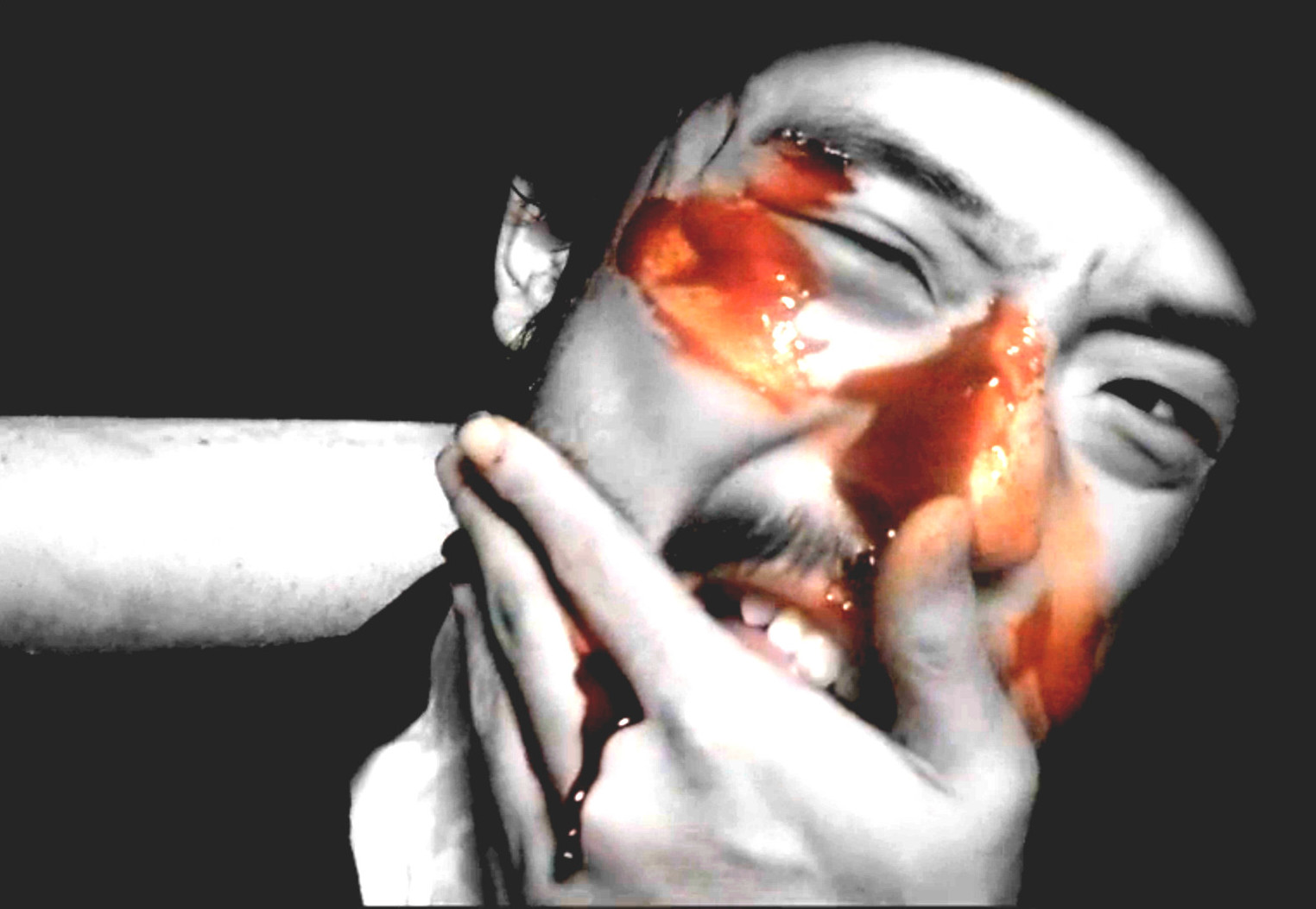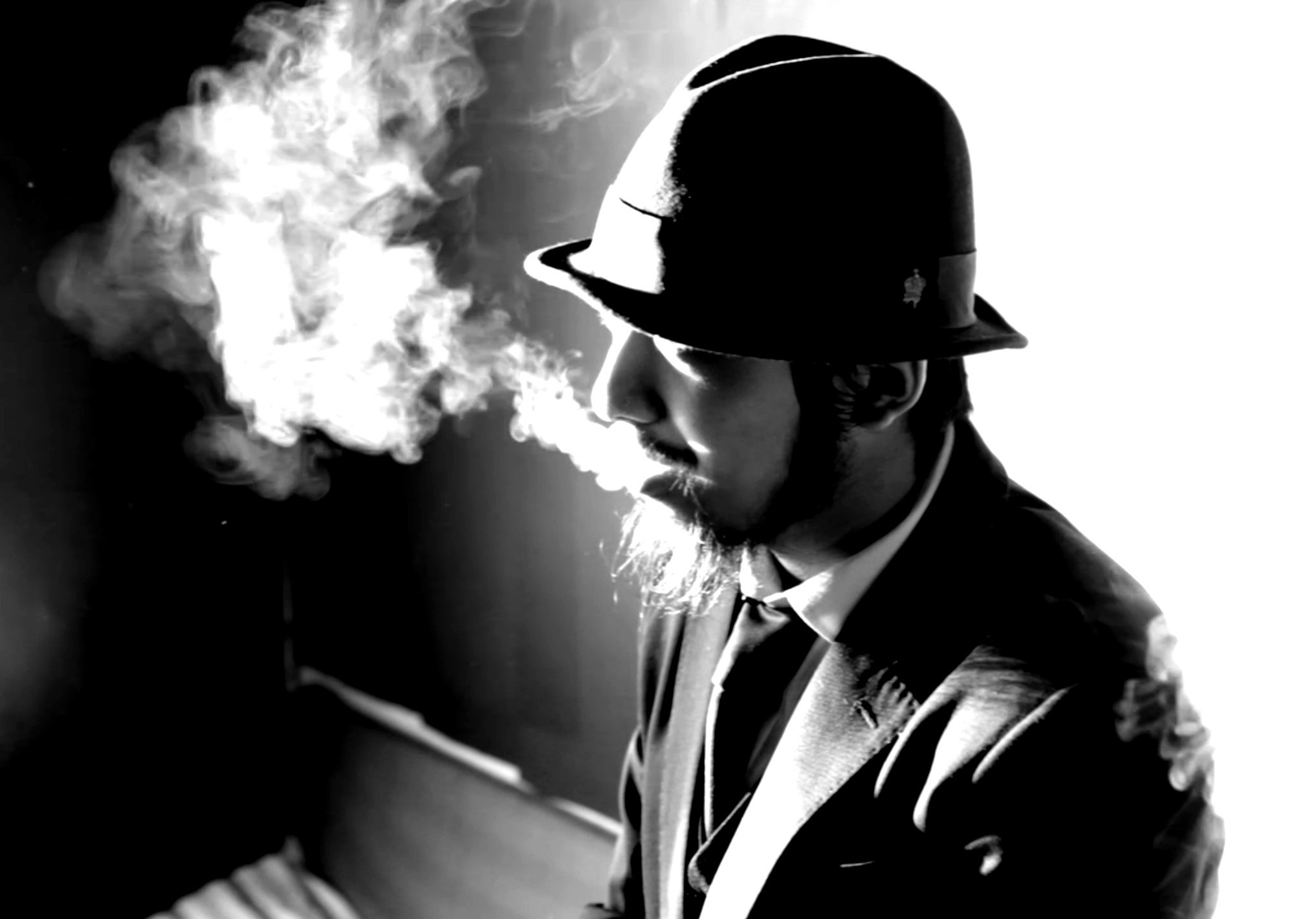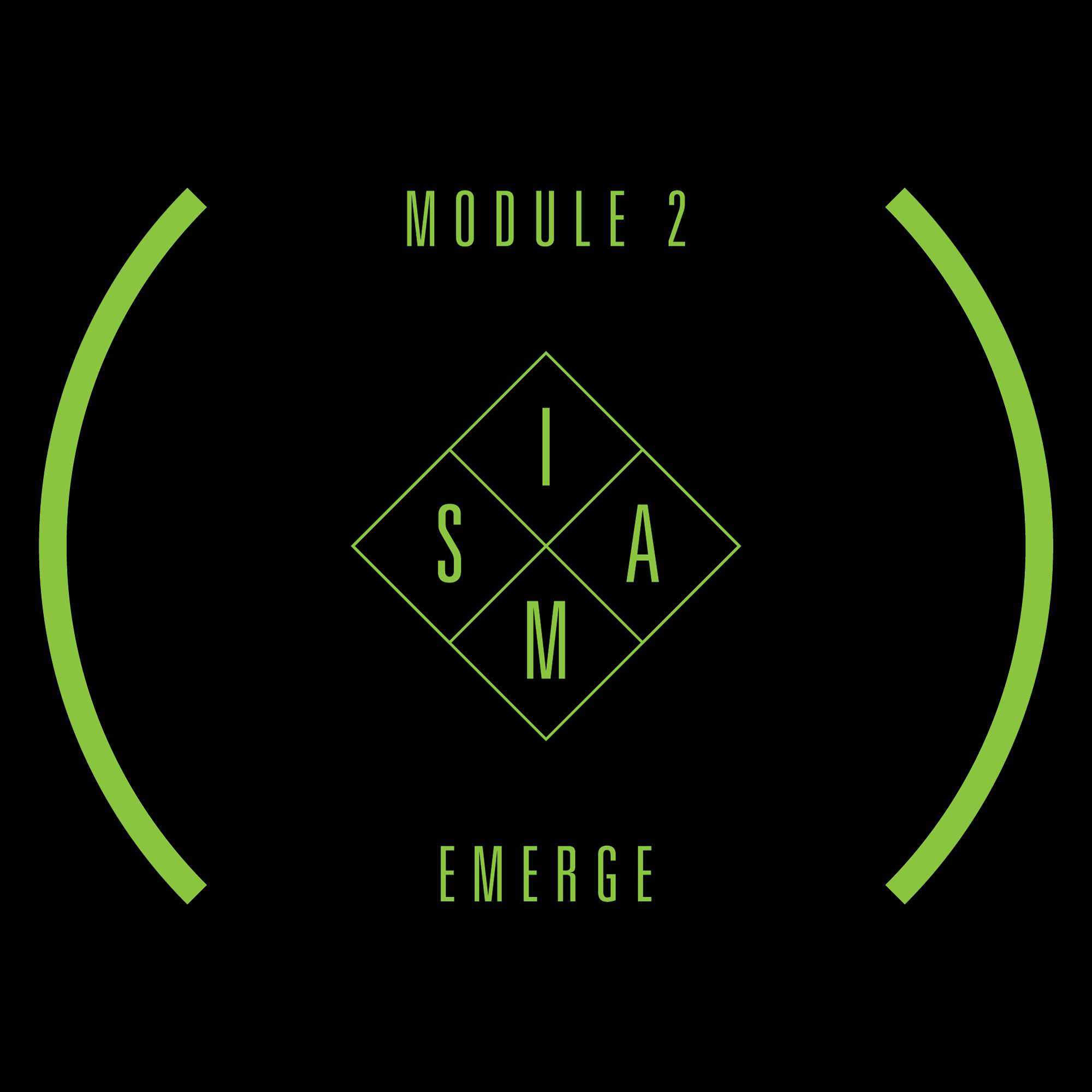Birdstriking and A Context for Creation
By Maia, 2010年 7月 13日

Birdstriking exemplifies the “Beijing sound.” Coming as a second wave, they are the guitar-driven offspring of bands such as Carsick Cars, and they aren’t shy about exposing their influences. Birdstriking always works up a powerful energy, and the intensity lies mostly with He Fan, the lead singer/guitarist. His half-shouting vocals are initially appealing; however, one soon grows a bit weary of them, as with about half of their songs, which all follow a similar musical progression.
In this way, Birdstriking is not bringing anything new to the ears of D-22, yet there is something comforting in arriving there to be greeted with a very distinct “sound” that one already associates with this very specific place. Half of the joy of music is in arriving “home”; having one’s expectations met, whether it be at middle “C” or at D-22. This second generation who is taking and building upon an already established sound is confirmation that Beijing has grown into a grounded music scene in its own right, one that gives rise to bands that convey similar emotions using the same musical language. These bands are writing music for D-22; who knows if their music would hold up in any other club across the world, just as some international bands that perform here seem like alien intruders.
I recently watched a lecture given by David Byrne on the influence that architectural space has on the music performed. He traces the history of music from Bach in churches to U2 in football stadiums, and discusses the significance of the link between genre and outlet. The construction of a music scene has just as much to do with the venue where people congregate as it does with the quality of the music played there, and although Birdstriking doesn’t exactly bring a breath of fresh air, it is thrilling nonetheless to think that Beijing the place has given rise to a formidable, unique “sound”.







the show on Saturday was one of the best ever!